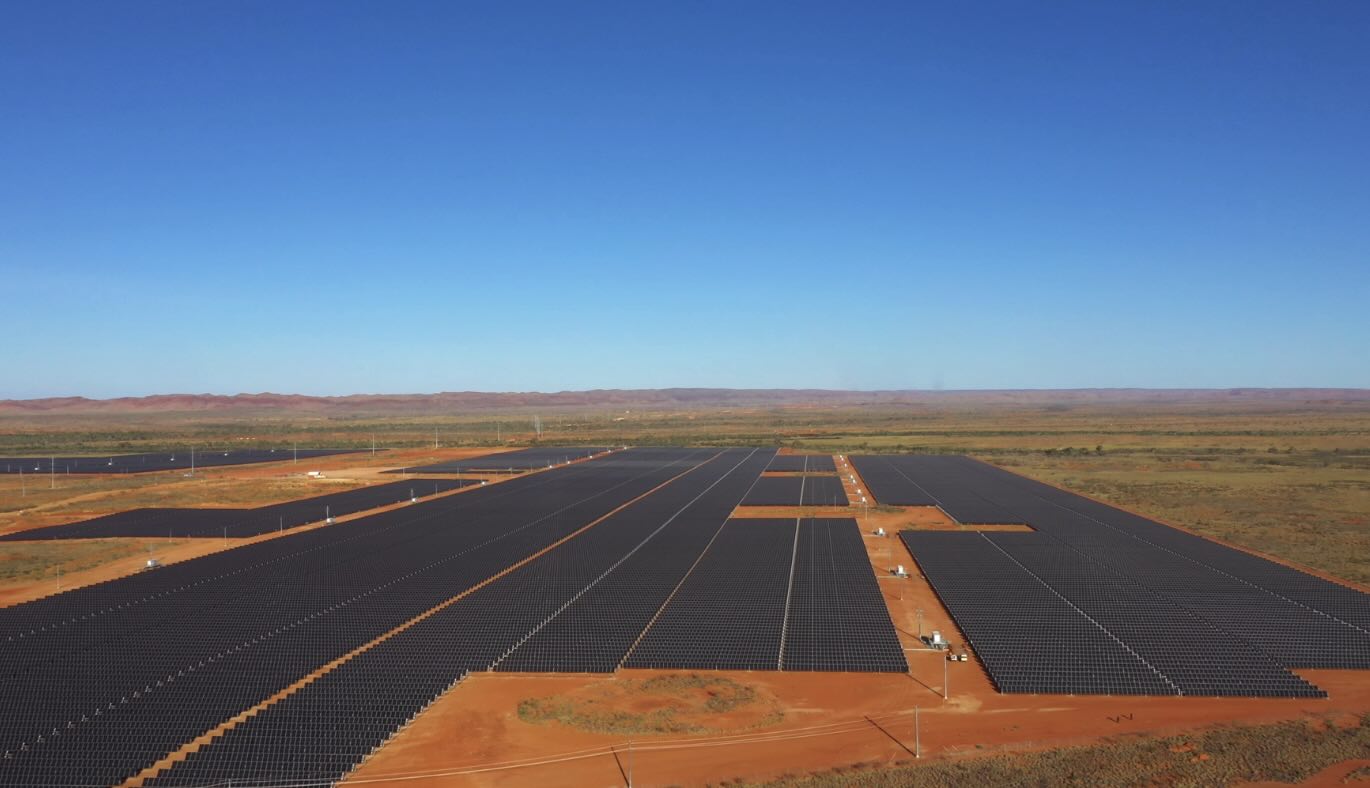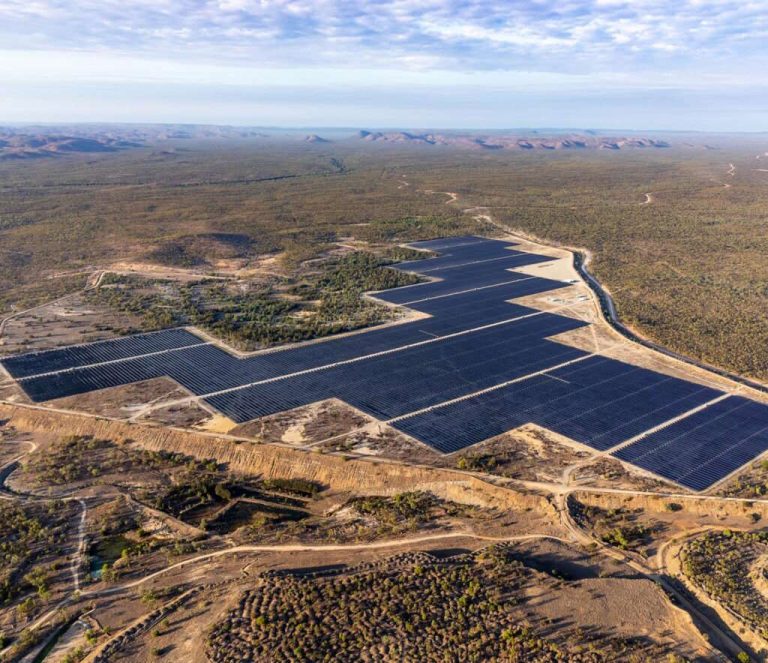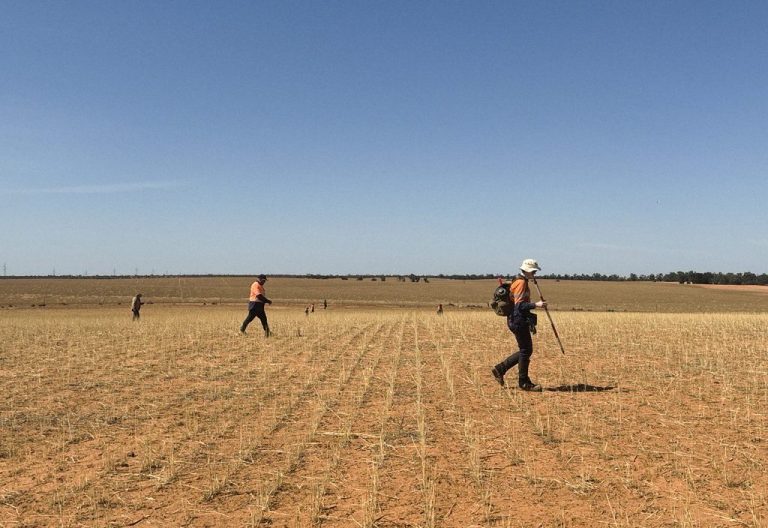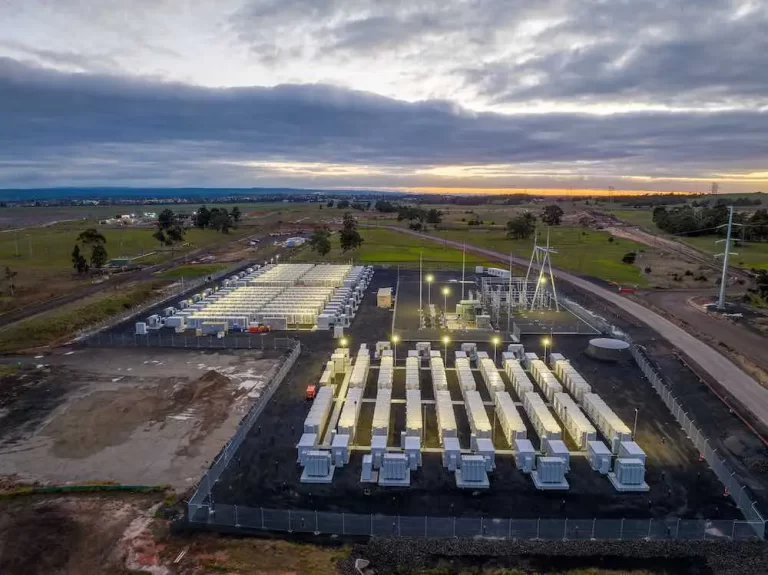Fortescue’s Technology Innovations Keep Real Zero Emissions Goal on Track
Despite facing challenges in its global green hydrogen ambitions, Andrew Forrest’s Fortescue Metals Group remains committed to achieving “real zero” emissions at its iron ore operations by 2030. The company is implementing a variety of technologies, including wind, solar, battery storage, electric trucks, and rapid charging systems, to eliminate fossil fuel use in its mining activities in the Pilbara region.
This ambitious plan involves decarbonising electricity supplies, road transport, mining operations, and the extensive trains that transport ore to ports, which is expected to save around 900 million litres of diesel annually. CEO Dino Otranto expressed optimism about the progress being made, stating, “We’ve still got … just under five years left, and technologies are changing so rapidly that, almost month by month, we’re gaining confidence,” during an interview on Renew Economy’s Energy Insiders podcast.
Contrasting Industry Standards
Fortescue’s goal of achieving real zero emissions in just five years starkly contrasts with the broader industry, where the prevailing target is “net zero” by 2050. Rejecting the use of offsets, Otranto believes that if Fortescue can meet its target, it could serve as a “beacon” for the iron ore sector and beyond, demonstrating that cutting emissions can also be economically viable.
The recent partnerships Fortescue has forged during Forrest’s international outreach primarily involve major Chinese technology firms, including Longi for solar energy, Envision for wind turbines, BYD for battery storage, and XCMG for electric trucks. Notably, the collaboration with Envision will incorporate innovative “self-lifting” technology from Spain’s Nabrawind, which Fortescue has recently acquired.
Innovative Technologies in Action
Otranto highlighted the advantages of this technology, which is akin to that used for large cranes in urban construction. It enhances logistics, reduces concrete needs, eliminates the necessity of transporting large cranes to remote locations, and allows for the installation of turbines at greater heights where wind speeds are more favourable. The first of these turbines is set to be installed in the Pilbara in 2026 as part of a proposed 2 gigawatt wind project.
In addition to wind energy, Fortescue is developing several large-scale solar plants, with two already constructed or underway, including the Turner River project. The company also aims to implement autonomous and robotic technologies to streamline solar installations, which can be particularly challenging in the hot and remote Pilbara region.
Harnessing Natural Resources
Otranto remarked on the unique advantages of the Pilbara’s abundant sunlight and wind, stating, “We have nearly 3,000 hours of sun (a year), and when you realise that in China they are making it (solar) economic with 1,200 hours, then it’s largely a no-brainer, really, to do it in the Pilbara.”
Advancements in battery storage technology are also crucial for grid-scale storage, the rollout of battery electric trucks starting in 2026, and addressing emissions from the rail transport of ore. Fortescue is exploring the concept of an “infinity train,” which would utilise regenerative braking to charge large batteries in locomotives while descending to the port, allowing empty trains to return to the mine powered solely by stored energy.
Future Prospects and Innovations
Otranto acknowledged the challenges posed by the length and weight of Fortescue’s ore trains, which are two kilometres long and weigh 40,000 tonnes. While the route is primarily downhill, there are foothills that require significant power to traverse. However, he expressed confidence that advancements in battery energy density will soon enable the integration of this technology into train designs.
Fortescue is also investigating two-stroke green ammonia engines, similar to those being developed for green shipping, which could play a significant role in their operations. Otranto envisions a future where ships are filled with fuel in Australia rather than transporting it from overseas, creating a bunkering opportunity for the country.
In terms of green iron production, Fortescue plans to utilise hydrogen in its chemical form to replace coal in the creation of green metals. Otranto stated, “If we can solve the equipment cost challenge (electrolysers), we can mass manufacture these units and deploy them in the Pilbara, which would address one of the most challenging sectors to decarbonise, the steel industry.”
Engaging with Investors
As a publicly listed company, Fortescue is under constant scrutiny from analysts focused on immediate returns and cash flow. Otranto emphasised the importance of demonstrating tangible progress, stating, “We do talk a lot about our aspirations, but we balance that with the demonstration of real, tangible technologies, like you can see solar panels now, you can see upwards of 600 kilometres of high voltage 220 KV network that’s being installed.”
He added, “You can see electric trucks. You can see mining excavators. You can see battery storage solutions being installed now. So this isn’t something we’re going to be doing. We’re doing it now.” Otranto believes that as the investment community recognises the economic viability of solar and battery technologies in the Pilbara, they will begin to see the potential for significant returns.
Fortescue aims to be a guiding light for others in the industry, showcasing practical solutions for decarbonisation. By 2030, the company envisions creating a comprehensive suite of products and solutions under the Fortescue Zero banner, ultimately producing iron ore with a zero carbon footprint, which could have a profound impact on the market.
For further insights, you can listen to the full interview with Otranto on the latest episode of Energy Insiders, or read about the development of Fortescue’s electric haul trucks on The Driven.






